The Mugello museum system, where Mugello means the Tuscan territory a few kilometers from Florence that stretches in the middle-upper part of the Sieve river basin and is characterized by awide variety oflandscapes, from dense forests to flat areas, from escarpments cultivated with wheat and sunflowers to the valley floor where the main towns and communication routes are located.It is a diffuse museum to which most of the museums of Mugello and the Sieve Valley belong, organized according to four different thematic itineraries: ethnographic, artistic, naturalistic and archaeological. In addition, particular places related to famous people and historical events are added.
For example, museums such as the Museum of Farming Civilization in Casa D’Erci, the Faini Museum, the Museum of Cutting Irons and the Museum of Mountain People are part of theethno-anthropological itiner ary; thenaturalistic itinerary, on the other hand, is led by the Museum of the Historical Landscape of the Apennines, based in the Abbey of Moscheta. The archaeological one includes the Alto Mugello Archaeological Museum, the excavations at Frascole, the Archaeological Documentation Center at Sant’Agata and the Comprehensive Archaeological Museum at Dicomano, but it is nonetheless theartistic itinerary that brings together museum venues linked to important artists, such as the Chini Museum at Villa Pecori Giraldi or the House of Giotto, or located in significant places in the territory such as the Convent of Bosco ai Frati. The latter, among the oldest in Tuscany, is currently hosting, until Nov. 6, 2022, an exhibition featuring the triptych by 15th-century French painter Nicolas Froment, which has returned home after nearly two hundred years to the Bosco ai Frati Monastery in San Piero a Sieve thanks to the Uffizi Diffusi project, as part of Terre degli Uffizi. Founded by the Ubaldini before the year 1000, the story goes that in July 1273 Fra’ Bonaventura da Bagnoregio received the emissaries of Pope Gregory X here while he was rinsing dishes and pots and pans in a large stone basin; the Franciscan, who would later become a saint, waited patiently to finish his work before receiving from them the cardinal’s insignia, hung from the branches of the dogwood tree that still exists in the monastery garden. Church and convent were rebuilt to Michelozzo ’s design at the behest of Cosimo the Elder; the architect made the characteristics of the new Renaissance taste and medieval architectural tradition converge here. There were many gifts left by the early Medici to the convent, most notably the wooden crucifix attributed to Donatello, now preserved in the small museum of sacred art attached to the convent. In addition to the Bosco ai Frati Convent, the system of historical and artistic assets includes Giotto’s birthplace and the Chini Museum: the former, located on the hill of Vespignano, is the birthplace of the great 14th-century artist and is divided into three main thematic areas: life, the relationship with the territory and practical activity explicated through interactive multimedia stations, video-environment and workshops; the second is dedicated to the history of Galileo Chini and his family and is housed in the Villa Pecori Giraldi in Borgo San Lorenzo, built on the site of an ancient Giraldi building that became the property of Count Pecori in 1748. The decorations visible inside the Villa bear witness to the Art Nouveau style that the Chini family brought to Mugello; ceramic objects, stoneware vases and rare polychrome stained-glass windows are displayed there. The Villa also houses the Children’s Museum, where young visitors have the opportunity to participate in visual and sensory workshops to give vent to their imagination and creativity.
And again, the Beato Angelico Museum of Sacred Art and Popular Religiousness in Vicchio, which collects paintings and liturgical furnishings from closed Mugello churches: crucifixes, religious documents and reconstructions of ecclesiastical and devotional environments, such as sacristies and entire tabernacles, and sacred vestments and candelabra inside original furniture are thus on display. Finally, the Centro Documentazione e Ricerche Storiche di Gotica Toscana Onlus, established in 2011, aims to preserve the memory of the events that in September 1944 saw the Apennines north of Florence, between the Passo della Futa and the Passo del Giogo, which in those days was the scene of attacks against the Gothic Line, a defense system established by the German army from Massa Carrara to Pesaro.
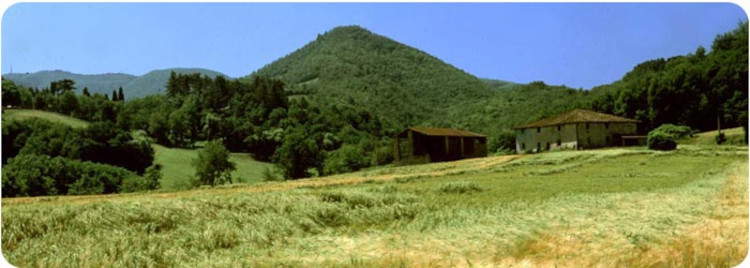

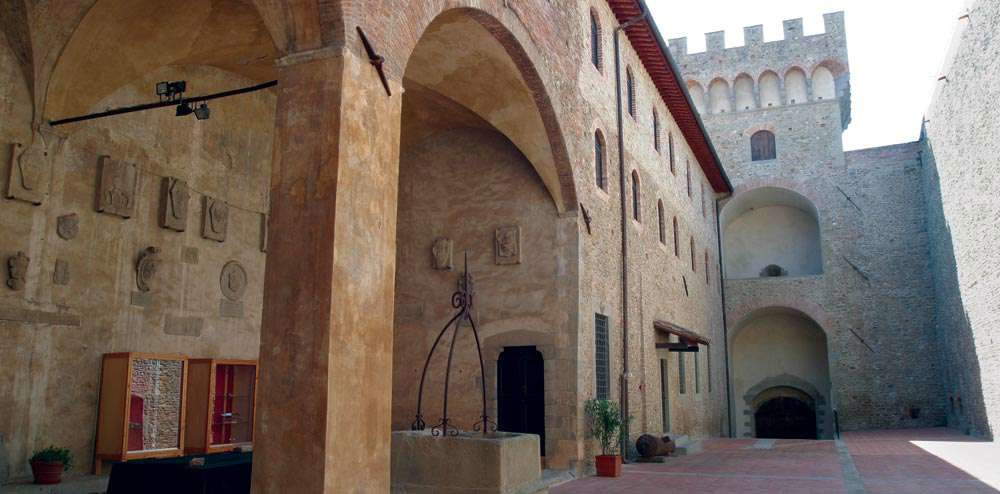
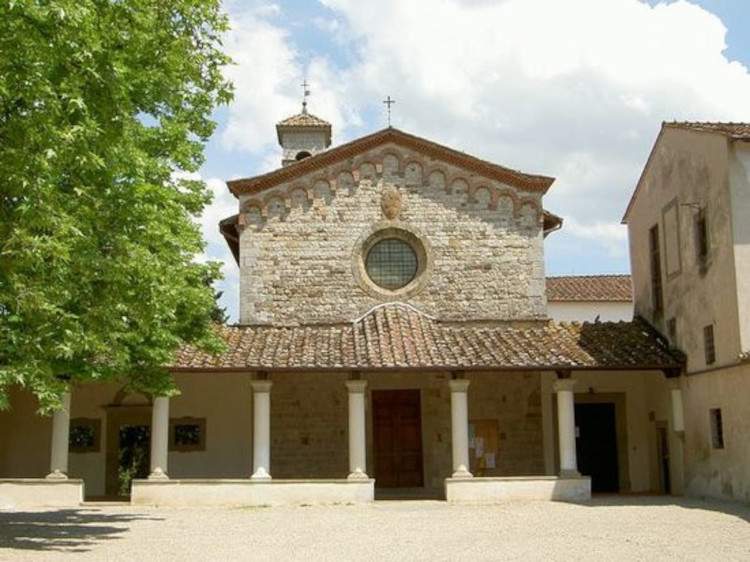
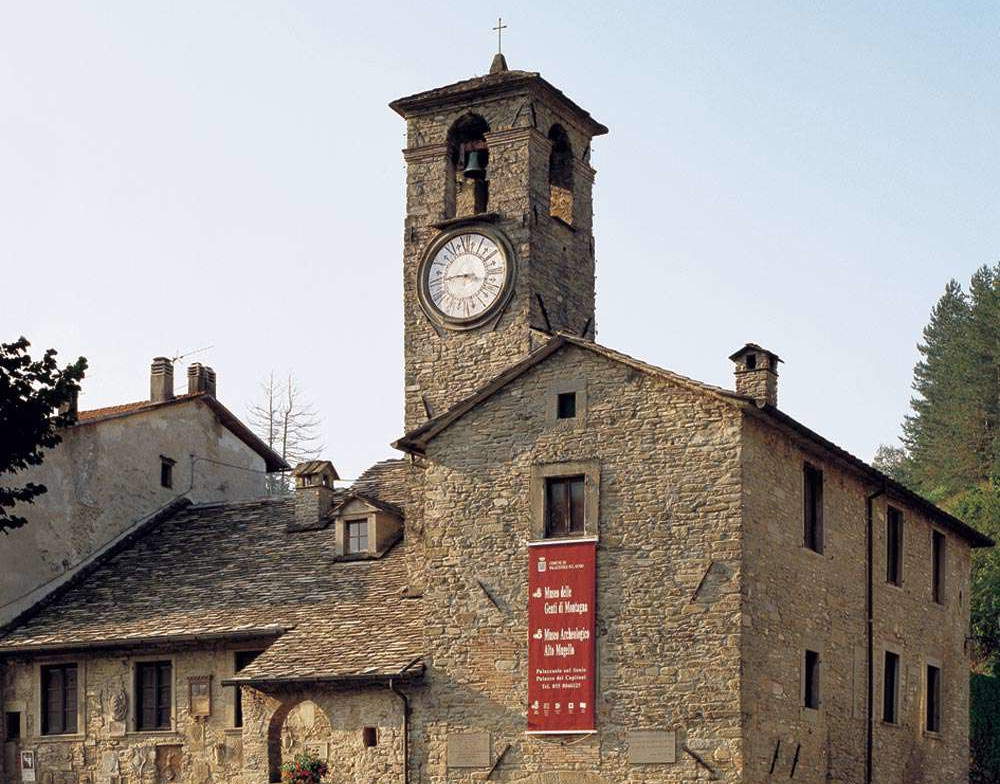
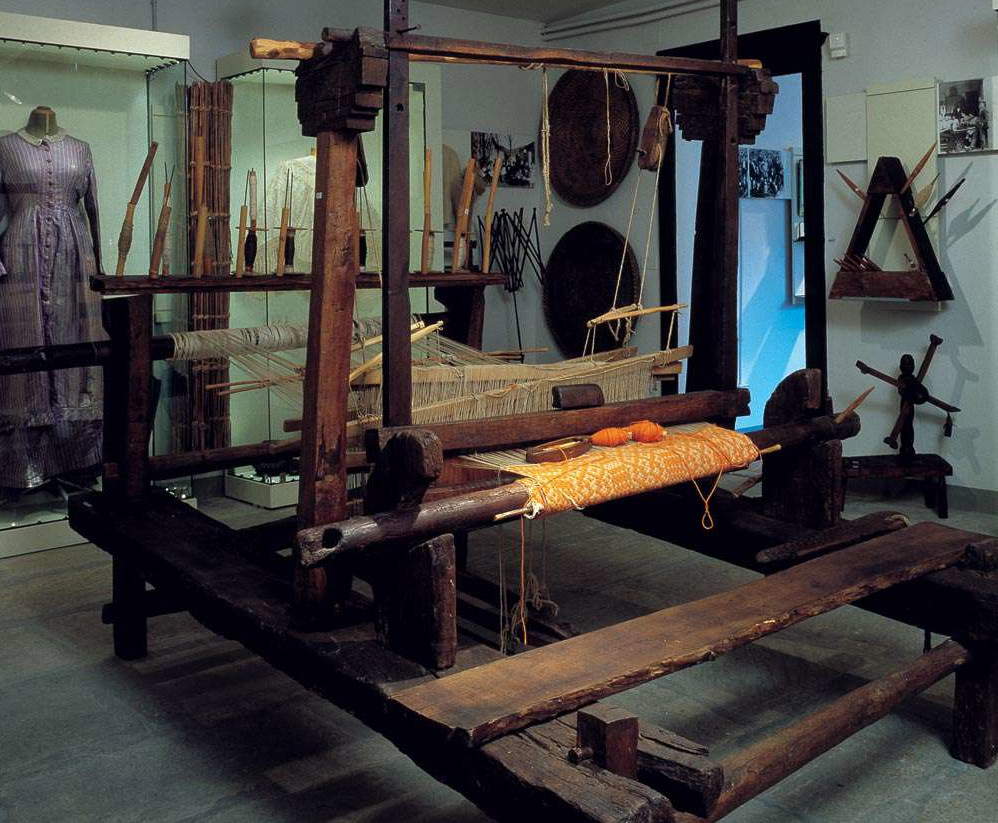
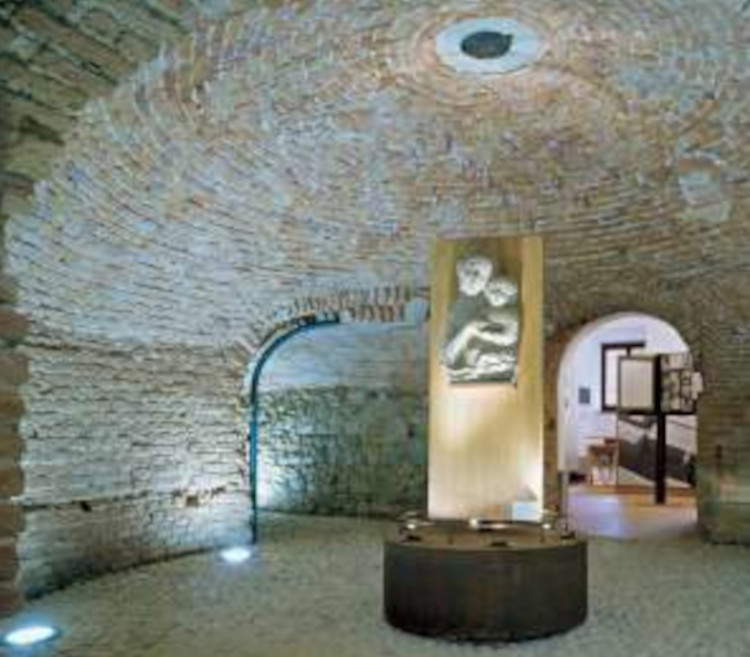
The ethno-anthropological itinerary, on the other hand, brings together museums and workshops that recount the activities and trades of historical tradition, such as Casa d’Erci, a museum on the old farming and rural world of Mugello and on activities such as livestock breeding, tillage and cultivation, work done in domestic settings and various trades such as carpenter, cooper, shoemaker, blacksmith and mason. Also not far away is the Faini Mill, which existed as early as the 1400s and was purchased in 1780 by the Faini family, which still owns and operates the museum. Scarperia has been linked to the production of cutting irons, particularly knives, since the 16th century and is therefore witnessed in the Museo dei Ferri Taglienti, opened in 1999 in the Palazzo dei Vicari to tell the story of the centuries-old activity of Scarperia’s cutlers. The underground rooms of the Firenzuola Fortress house the Pietra Serena Museum, which deals with this material from its extraction in the quarries to its processing and the creation of the final object. Of particular interest are everyday objects made of stone and art artifacts that testify to the technical skill of the master stone masons. The Museum of Mountain People, set up in the rooms of the Palazzi dei Capitani in Palazzuolo sul Senio, brings together objects that testify to the customs and traditions of the past of a mountain community between Tuscany and Romagna and shows the full reconstruction of environments such as the mill and domestic spaces. About five hundred tools for the cultivation of vines and for the production and preservation of wine, on the other hand, are on display in the Museum of Vine and Wine in Rufina, in the Villa di Poggio Reale, while Sant’Agata artigiana e contadina presents characters and scenes that reproduce Mugello environments and trades between 1920 and 1950, conceived and created by Faliero Lepri, known as Leprino. The characters move thanks to electric wires and faithfully reproduce the gestures of their roles.
Then there is the Museum of the Historic Landscape of the Apennines dedicated to the flora and fauna of the area: in theVallombrosan Abbey of Moscheta, visitors have the opportunity to learn about the characteristics of the landscape of the Mugello Apennines. Finally, the archaeological itinerary includes the Centro di Documentazione Archeologica (Archaeological Documentation Center) in Sant’Agata, which documents the most significant archaeological finds in western Mugello in the period from prehistoric to modern times; the Museo Archeologico Alto Mugello (Upper Mugello Archaeological Museum ), which aims to document the oldest and little-known past of the territory of the upper Lamone, Senio and Santerno valleys; and the Museo Archeologico (Archaeological Museum) in Dicomano, which brings together numerous local archaeological remains: particularly relevant are the Fiesole stelae, sculptural masterpieces from the tombs of important families, and the sumptuous jewels of Poggio Colla.
In addition to the Museo Diffuso system, other museums, permanent exhibitions and cultural centers pay tribute to illustrious figures, such as Andrea del Castagno, Dino Campana, and Giuliano Vangi, as well as study and research projects such as the Centro Studio e Documentazione sul Castagno in Marradi. The main objective of the latter is to promote dissemination campaigns on the subject of the chestnut tree through innovative computer systems and demonstration systems, and secondly, greater involvement of young people in the conduct of new chestnut farming and the recovery of ancient crafts. It is in San Godenzo that the Andrea del Castagno Museum, dedicated to the native painter, offers photographic enlargements of the most significant works preserved in Florence; celebrating instead the Marradese poet Dino Campana is the Centro Studi Campanianiani "Enrico Consolini, " which collects monographic book works on Campana’s life and poetry, magazines and newspapers with early publications of Campanian texts and early critical contributions, while the Permanent Collection Giuliano Vangi in Barberino di Mugello collects graphic works created by Giuliano Vangi, among the most important contemporary artists, between 1964 and 2006.
Scattered throughout the territory one will also have the opportunity to come across parish churches, abbeys, convents and oratories that hold precious works of art. A territory, Mugello, rich in museums to visit and places of art to see.
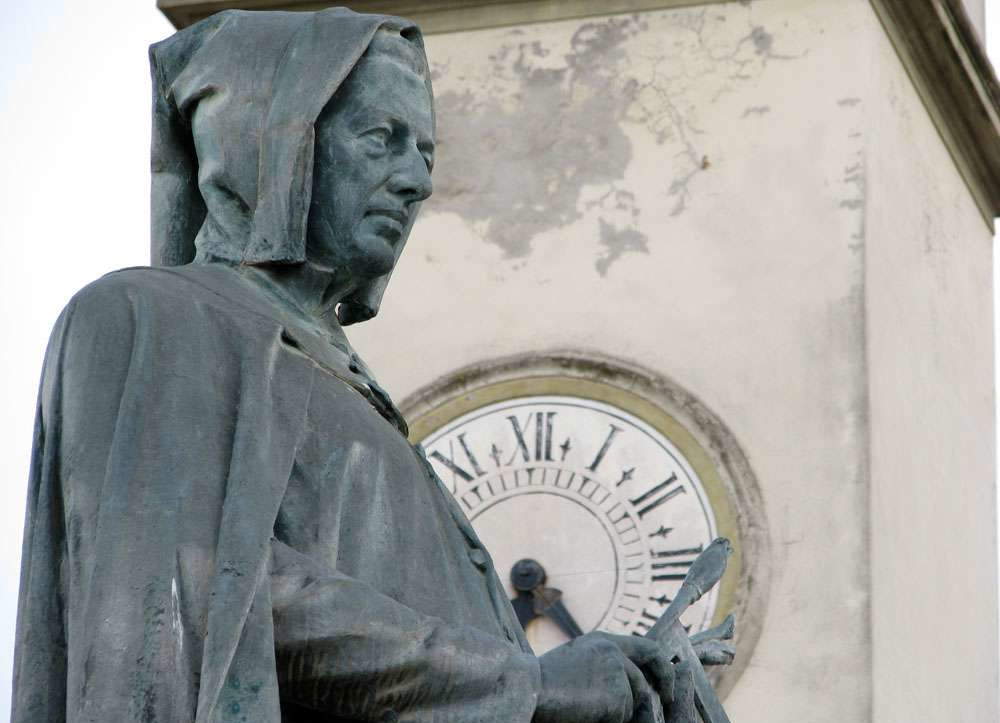


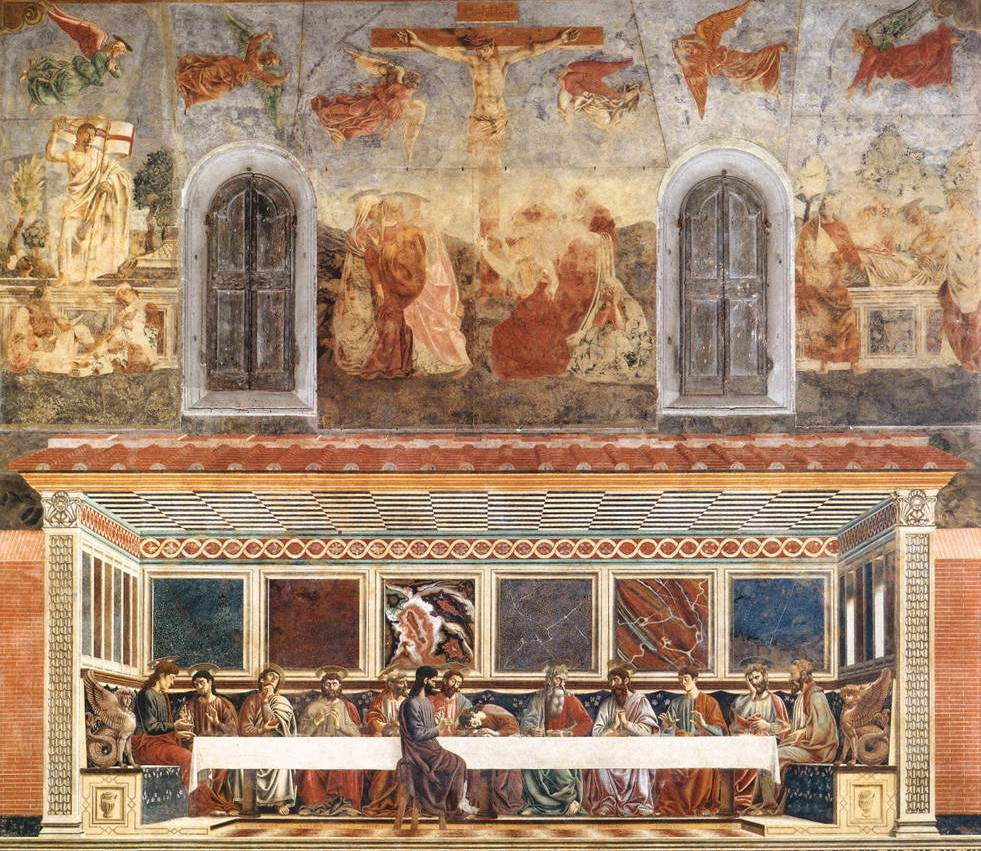
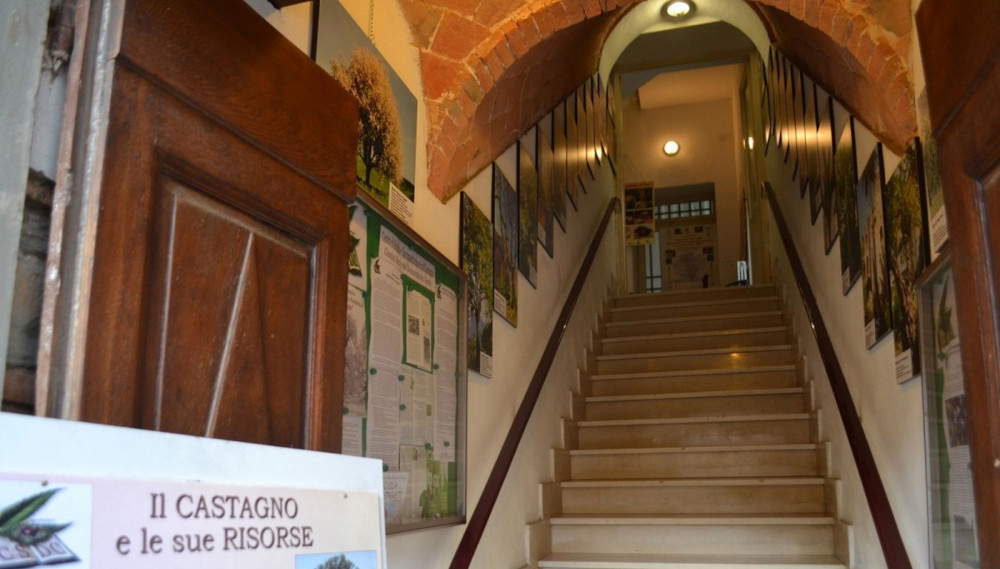

 |
| Mugello's museums, between tradition, arts and landscape |
Warning: the translation into English of the original Italian article was created using automatic tools. We undertake to review all articles, but we do not guarantee the total absence of inaccuracies in the translation due to the program. You can find the original by clicking on the ITA button. If you find any mistake,please contact us.